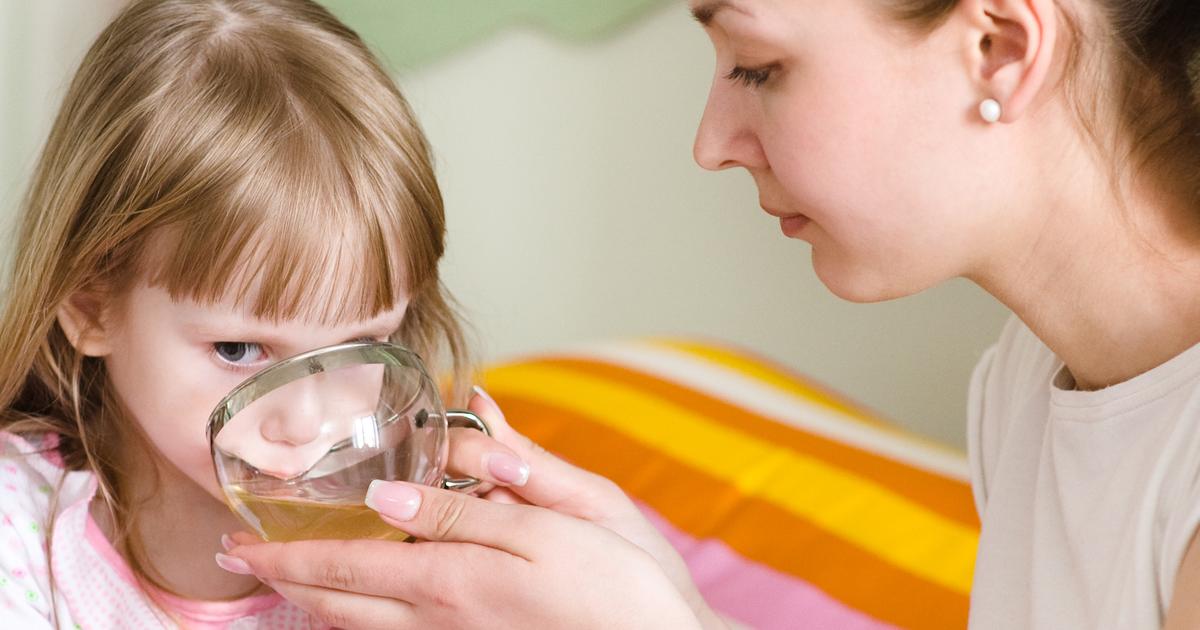How To Treat Shigella Infections
Shigella infections, which are bacterial, are caused by Shigella bacteria. The primary sign of a Shigella infection is bloody diarrhea. The shigella bacteria is frequently passed through direct contact with the bacteria in an individual’s stool. Washing hands remains one of the best ways to avoid contracting these infectious bacteria. Shigella infections often happen in daycares and nursing homes when care staff come in contact with stool and don’t thoroughly wash their hands. Shigella bacteria can be passed through contaminated food and by swimming in water contaminated by the bacteria too.
Shigella bacteria are most likely to be contracted by children under five. Mild cases clear up on their own within approximately a week, though more severe cases of this bacterial contamination need to be seen and treated by a doctor. The symptoms of a Shigella infection usually start within forty-eight hours of exposure and include fever, abdominal cramping, and diarrhea with blood or mucus. If your child has a temperature of over 101 degrees, they need to be seen by a doctor. Even when symptoms have abated, an individual's feces may remain contagious for several weeks.
Antibiotics

Most individuals, if they are otherwise healthy, can recover from Shigella infections with proper rest and fluids. However, doctors may recommend an antibiotic to assist patients in their recovery. Some antibiotics aren’t useful against this bacterial infection, however, so patients should be sure to discuss any allergies they may have to medications before their doctor assigns an antibiotic.
Lab tests exist to assist health care providers in making the right decision about specific medications for treating this bacterial infection. Some of the conventional bacteria-fighting medicines used to treat Shigella infections are ampicillin, amoxicillin, cephalosporins, azithromycin, sulfonamides, and tetracycline.
Replace Salt And Fluids

One of the health hazards of a Shigella infection is diarrhea and vomiting. Diarrhea and vomiting cause the individual to lose too much salt and fluids, which need to be replaced. A patient may have lost too much sodium or fluids if they experience headaches, dizziness, nausea, fatigue, or muscle cramps in addition to the symptoms of a Shigella bacterial infection.
Thankfully, patients can replace salt and fluids in the body by adding additional sodium to their foods and drinking specific drinks with electrolytes (often called rehydration solutions). But if the low sodium symptoms continue, a doctor’s visit is necessary to prevent more serious health consequences. Drinking beverages with electrolytes also increase the hydration levels in the body and keep an individual with a Shigella infection from becoming dehydrated.
